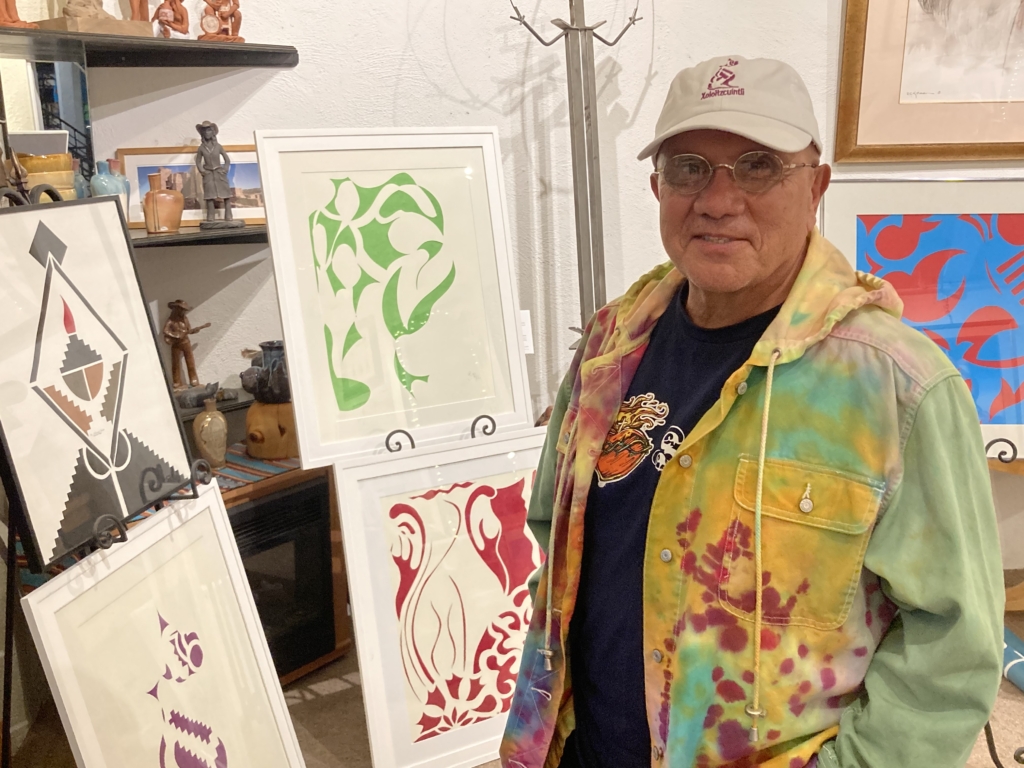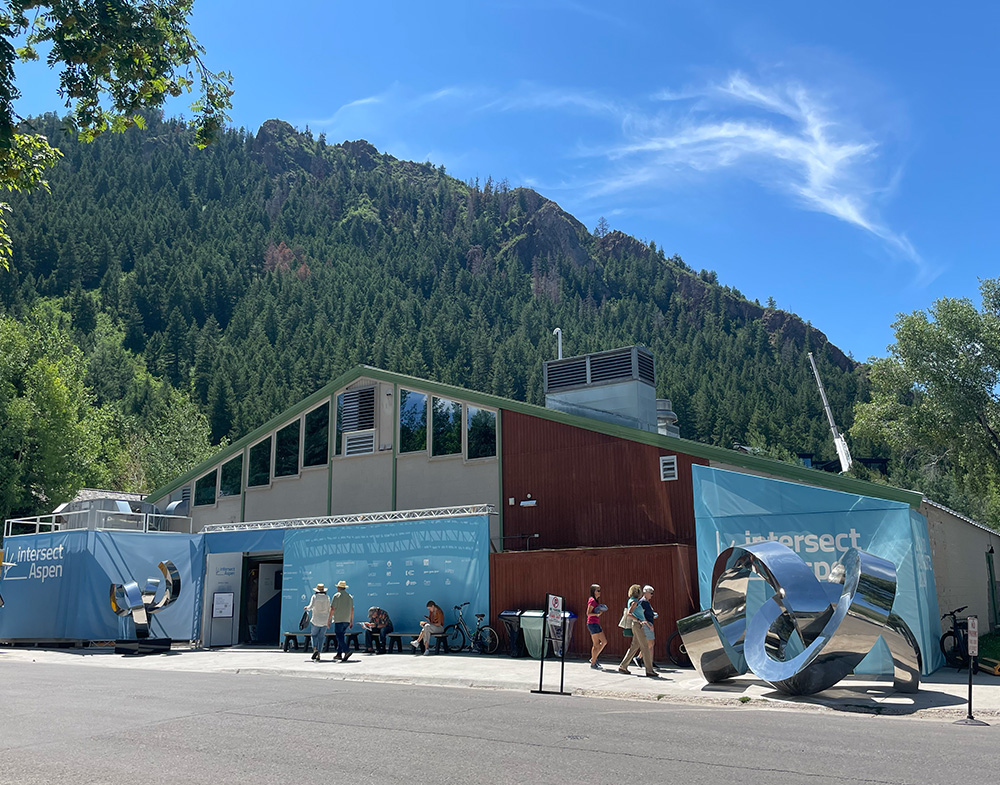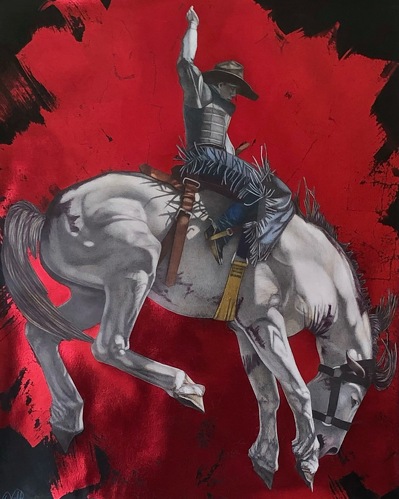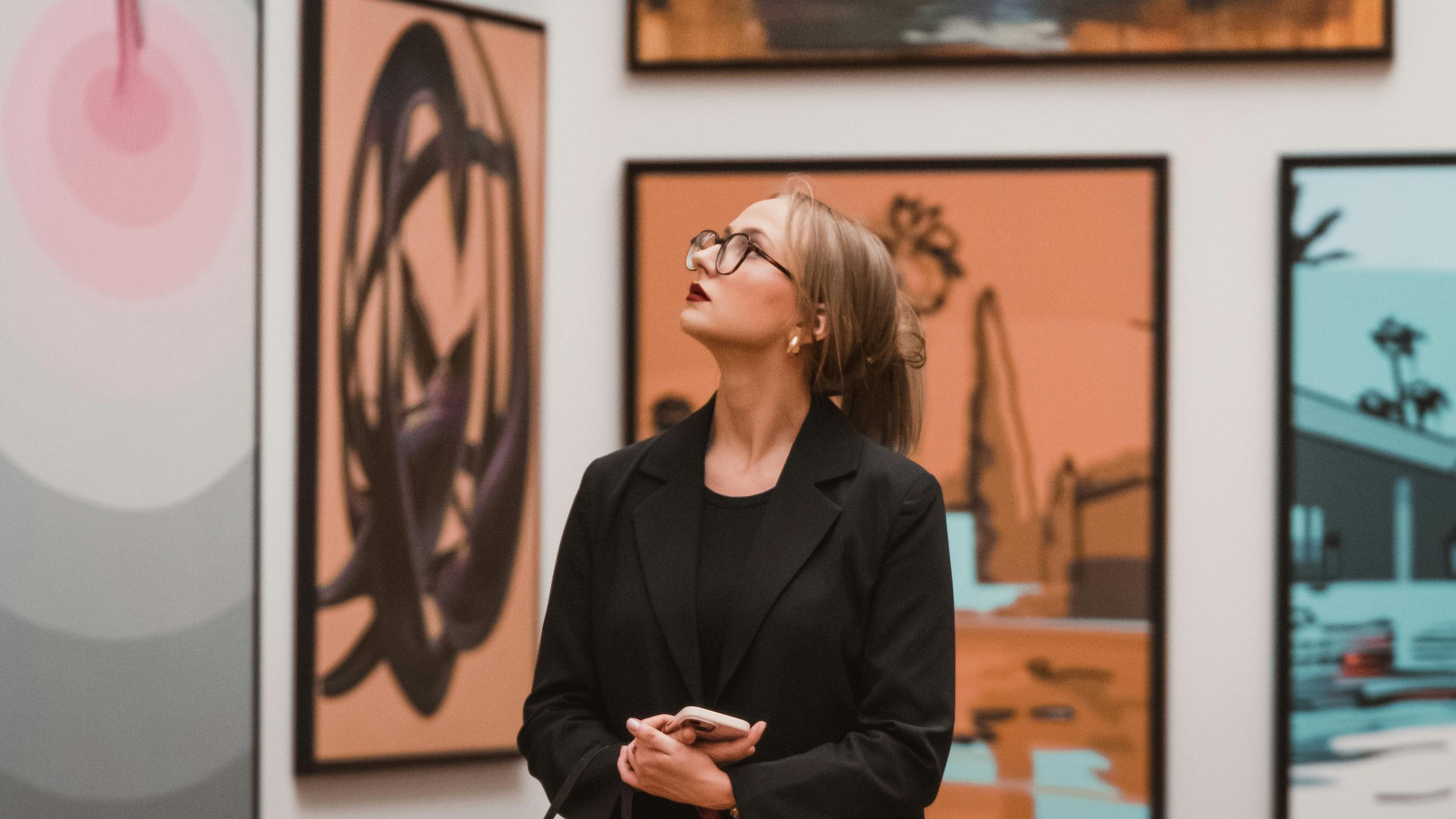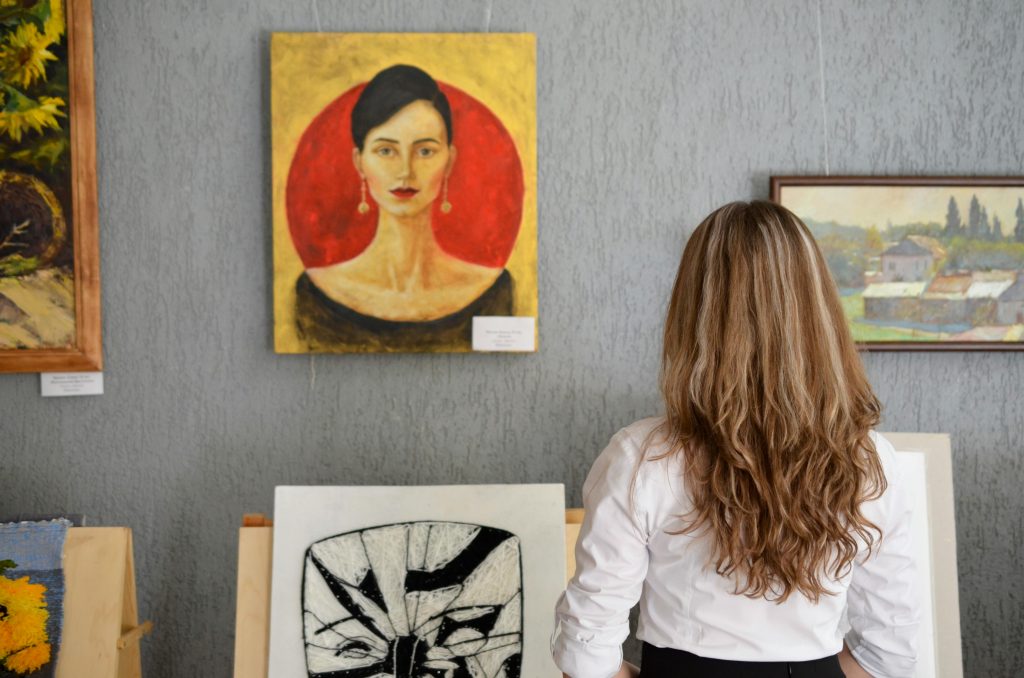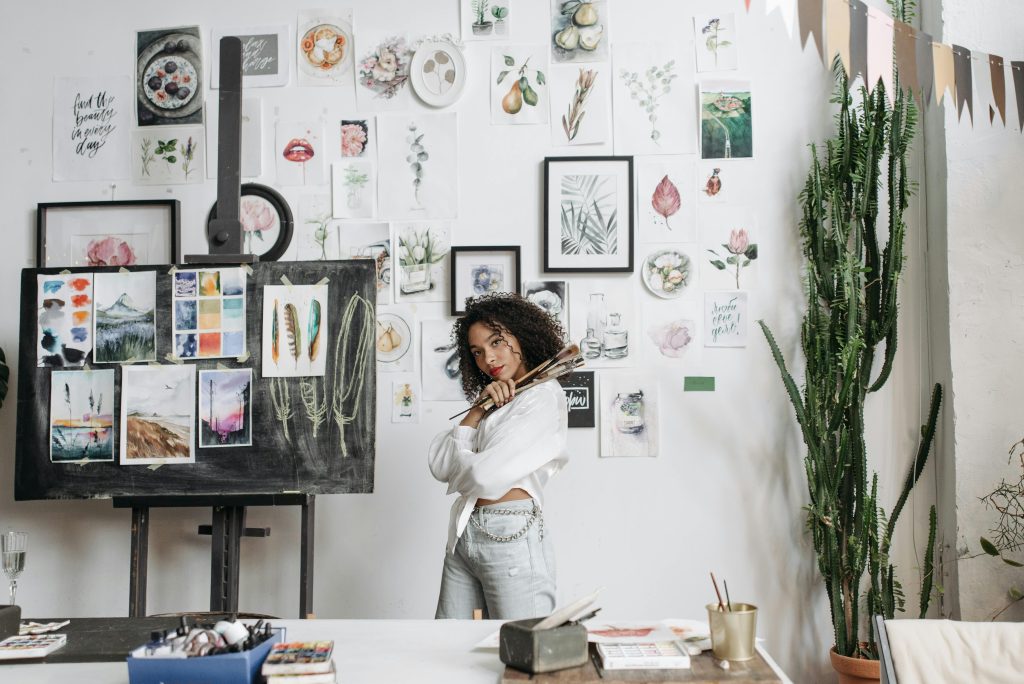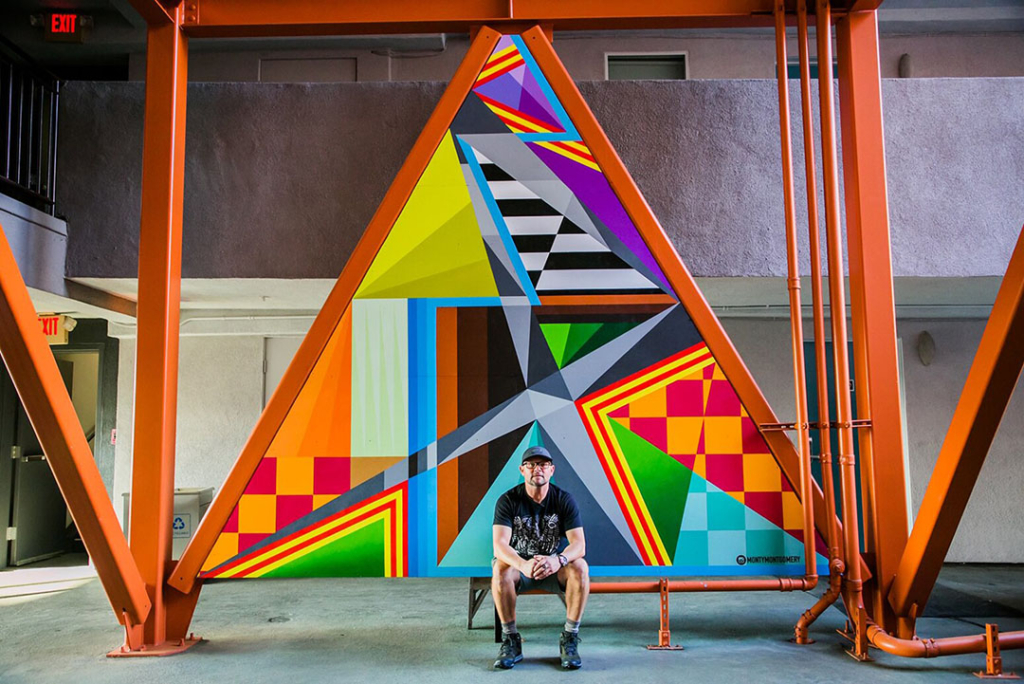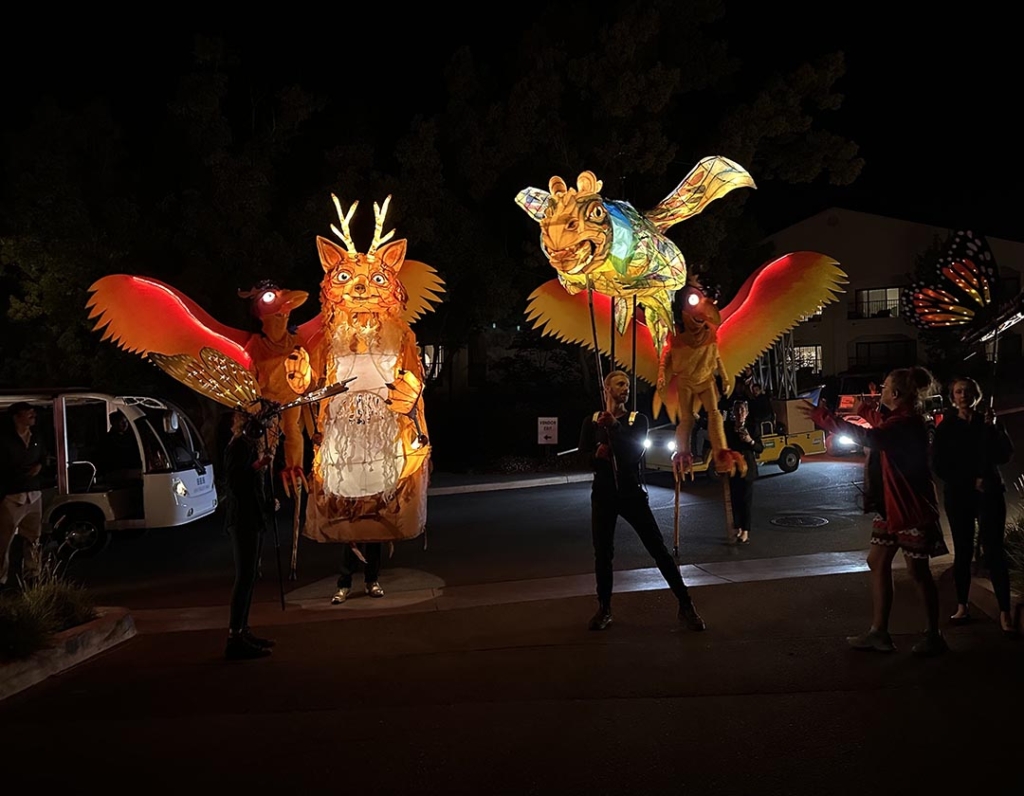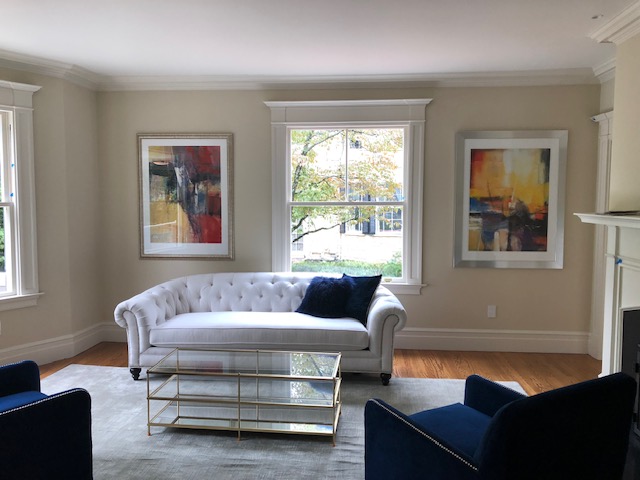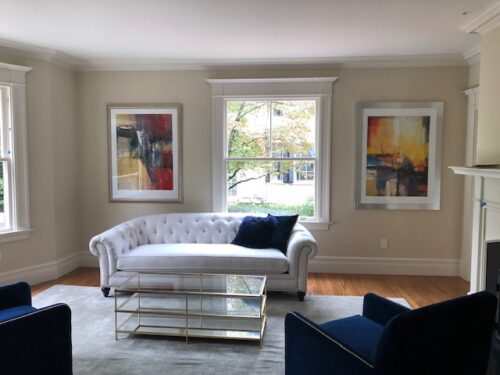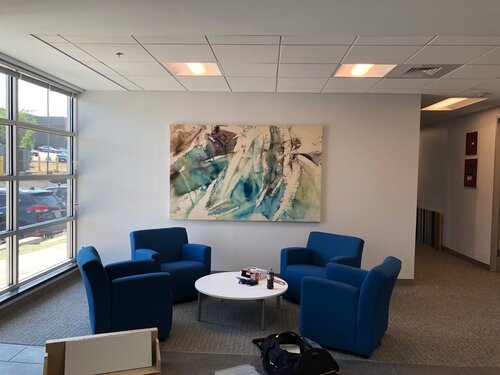Of course, there are artists I admire, like Picasso and Roy Lichtenstein, but my inspiration goes beyond individual artists. I’m inspired by all types of art and, most importantly, by people—the stories they share, the connections I make. A lot of my inspiration also comes from the young people I mentor. Seeing how excited they are to meet me, and how they look up to me, makes me feel like a kid again myself. They don’t realize that their excitement is contagious.
Being able to share my art and see the impact it has on students, adults, and just people in general, that’s the biggest source of inspiration for me. If I had to pinpoint what truly drives me, it’s seeing other people feel inspired by my work. That’s what keeps me going.
ABN: Tell us a little bit about your outreach. I know you have a foundation, and I know you work in schools, and I think that that’s so important. But tell us more.
Knight: It’s called the Tysen Knight Scholarship Fund, and it’s funny—I can’t really take credit for coming up with the idea. A friend of mine suggested it. I had been receiving a lot of free art supplies from different organizations, and I would just give them away to the kids I was mentoring or anyone who needed them, even homeless artists. I’d pass these supplies on to anyone who could use them.
One day, my friend said, “Dude, you need to start a foundation so you can organize this and really help people in a bigger way.” That’s when it clicked for me. I thought, “That’s actually a great idea.” So, while I was already doing it informally, my friend helped me structure it into something more organized, and that’s how the Tysen Knight Scholarship Fund was born. The idea is to help individual students or underserved people who need a boost, whether it’s confidence, resources, or financial support, to pursue their goals. It originally started with a focus on the arts, but I’ve since opened it up to support all students looking to take their education to the next level.
It’s been an amazing journey. I didn’t even start out asking for donations—things just happened organically. People and organizations rallied behind me, saying, “We love what you’re doing.” One moment that really stands out was when a wonderful group of women invited me to their home. I can’t remember the name of the organization right now, but they gathered there, wanting to hear my story and learn about the Tysen Knight Scholarship Fund.
I was so excited, fresh into the process and full of energy, ready to share everything. I told my story and shared what the scholarship fund was all about. After I finished, they thanked me and said they’d be in touch. The next day, the woman who organized the event called me and said, “Tysen, we donate to a lot of different funds and organizations, but you got the most people to write checks since we started this group.” That moment really showed me the power of the work we were doing and the impact it was having.
I was able to give out 10 scholarships to students from two different high schools here in the Coachella Valley. With the remaining funds, I partnered with the Jesse O’James Center, which is similar to a Boys and Girls Club. It was summertime, and they had a camp for kids, so I decided to collaborate with them. I organized a trip for the students to visit a museum, and I covered everything—from lunch to transportation. When they arrived, they toured the museum and explored all the exhibits. Afterward, they had the freedom to pick any spot inside the museum and start painting or drawing whatever inspired them, whether it was an artifact or a specific piece they liked. It was such an incredible experience to witness.
Honestly, it’s still surreal to think that all of this started because I decided to take my art seriously. I never imagined that following my passion would lead to so many opportunities to give back. It’s just been an amazing journey.
ABN: Absolutely, the arts play a crucial role in a child’s development. They provide a valuable outlet for self-expression and can enhance cognitive and emotional skills, which often translates into better performance in other areas, including academics. It’s unfortunate that arts programs aren’t always a priority in school curricula, but it’s great that organizations like the Boys and Girls Clubs and others are stepping in to fill that gap. They offer essential opportunities for children to explore and develop their creative talents, which can be incredibly beneficial for their overall growth and success. And so powerful that you are partnering with them to build on that success.
Tysen, you mentioned that your first film launched your art career and told your story. Tell us about this second film that’s been getting all the award. What’s the title? What’s it all about?
Knight: The film, titled Homeless Street Artists, follows three homeless artists in the Coachella Valley: two in Palm Springs and one in Indio, California. This project emerged organically from my previous film, which was a documentary focused on street art as a whole.
To provide some context, the first film centered on street artists in general. During production, I found myself in Palm Springs on a Thursday evening, when the city hosts its weekly street fair. It’s a long-standing tradition where downtown is blocked off for vendors and performers. As I walked around, I noticed a homeless man sitting on a bench with a small display of his artwork. He was trying to sell his pieces, as he couldn’t afford a booth at the fair. This moment sparked the idea for exploring the lives of homeless artists, leading to the creation of this new film.
As I walked by, I felt compelled to strike up a conversation with him. I turned around and asked, “Hey, are you an artist?” He replied that he was. I then asked if he was selling his artwork, to which he confirmed. I took a look at his pieces and thought they were pretty impressive.
An idea struck me, and I asked if he’d be interested in being featured in my documentary about street artists. He was on board, but when I asked for his phone number, he told me he didn’t have a cell phone. I handed him my business card instead and said I’d be filming the next day in a different part of town. If he wanted to be part of the film, he should give me a call.
I didn’t think much of it afterward, assuming he might lose the card or be unable to contact me. But while filming at another location, I received a call from an unfamiliar number. It turned out to be him calling, just as I had hoped. He called me and said, “Tyson?” I replied, “Yeah.” He asked, “Can I still be in your film?” I said, “Of course. Where are you?” He told me he was at the recycle bin behind Smoketree Village, a shopping area in Palm Springs, where homeless individuals gather recyclables for money. I told him to stay put and raced over there.
When I arrived, I filmed him right there at the recycle bin. It was a brief segment, but it made it into the final cut of the film. After the film was completed, during every Q&A session I did, people were always curious about the homeless artist featured in the documentary. They wanted to know more about him. I’d tell them his name was Skratch, a well-known artist in the Valley who receives art supplies from the community. The audience was always intrigued and fascinated by his story.
The constant question about the homeless artist made me realize there was a deeper story to be told. I thought, “I might be onto something here.” So, I decided to document Skratch further and see if I could find other homeless artists. This led to the creation of the second documentary, Homeless Street Artists. What began as a brief segment in my first film evolved into a full exploration of this subject, and it’s been incredible to see how it’s gained recognition, winning awards and traveling around the world.

